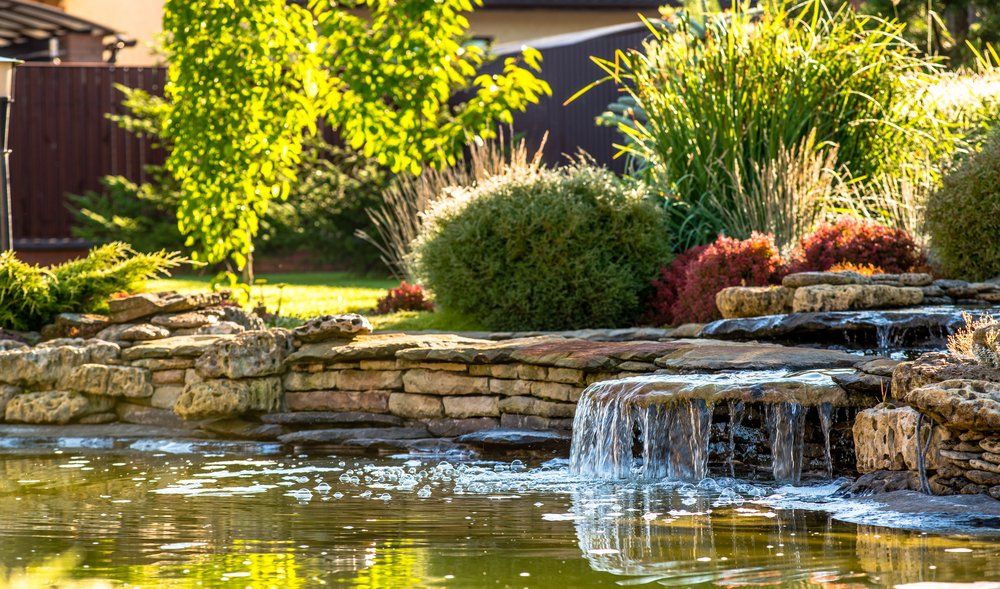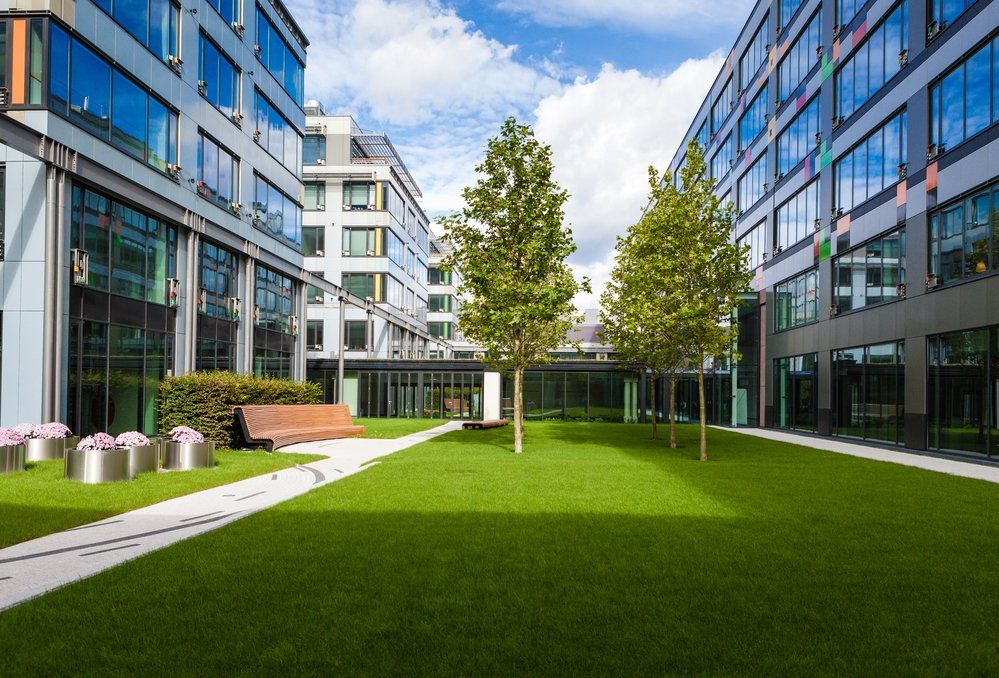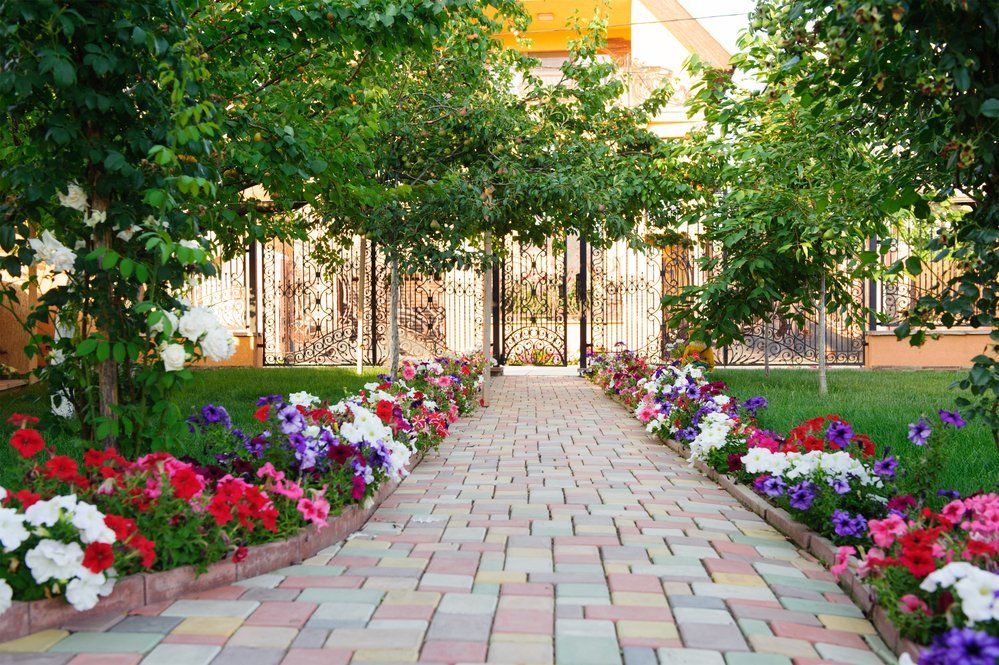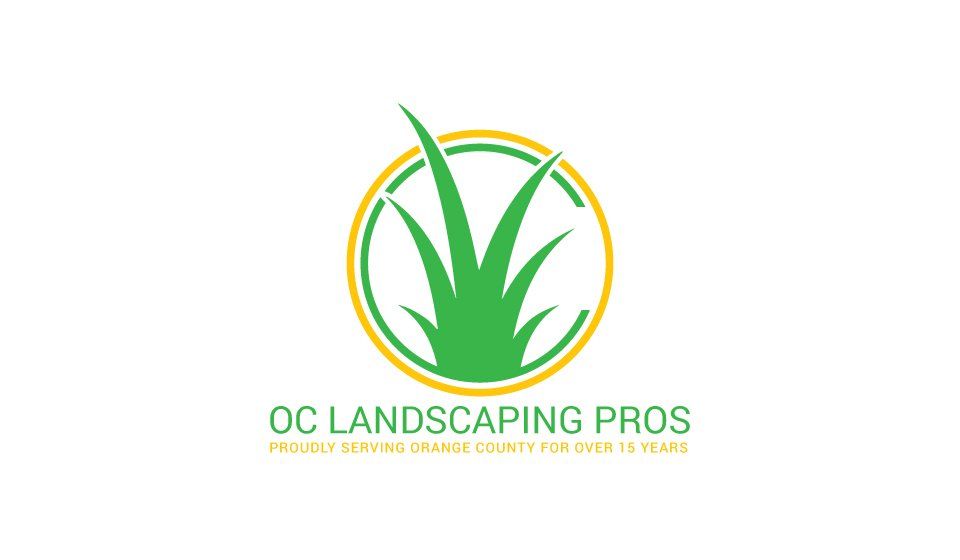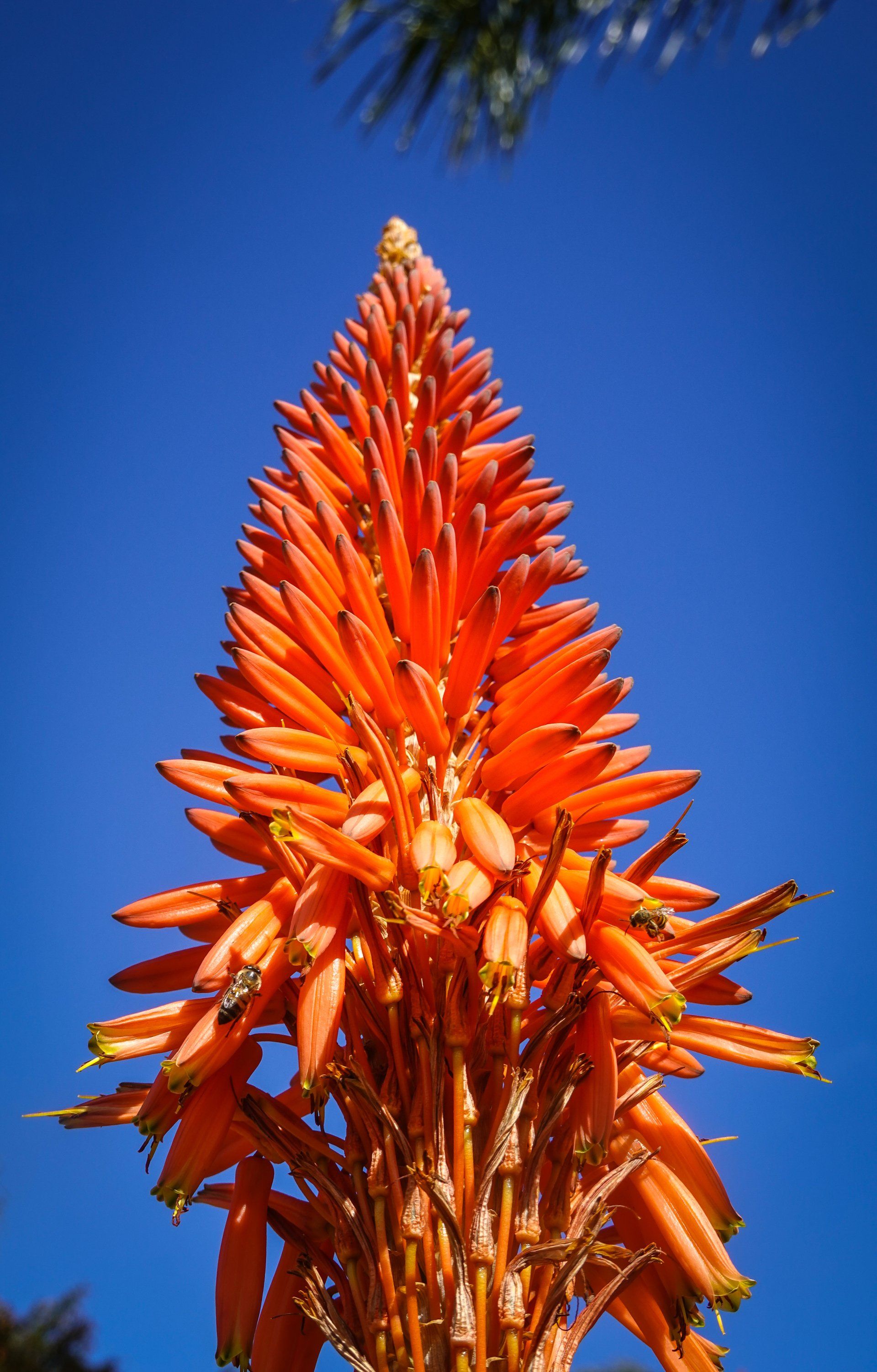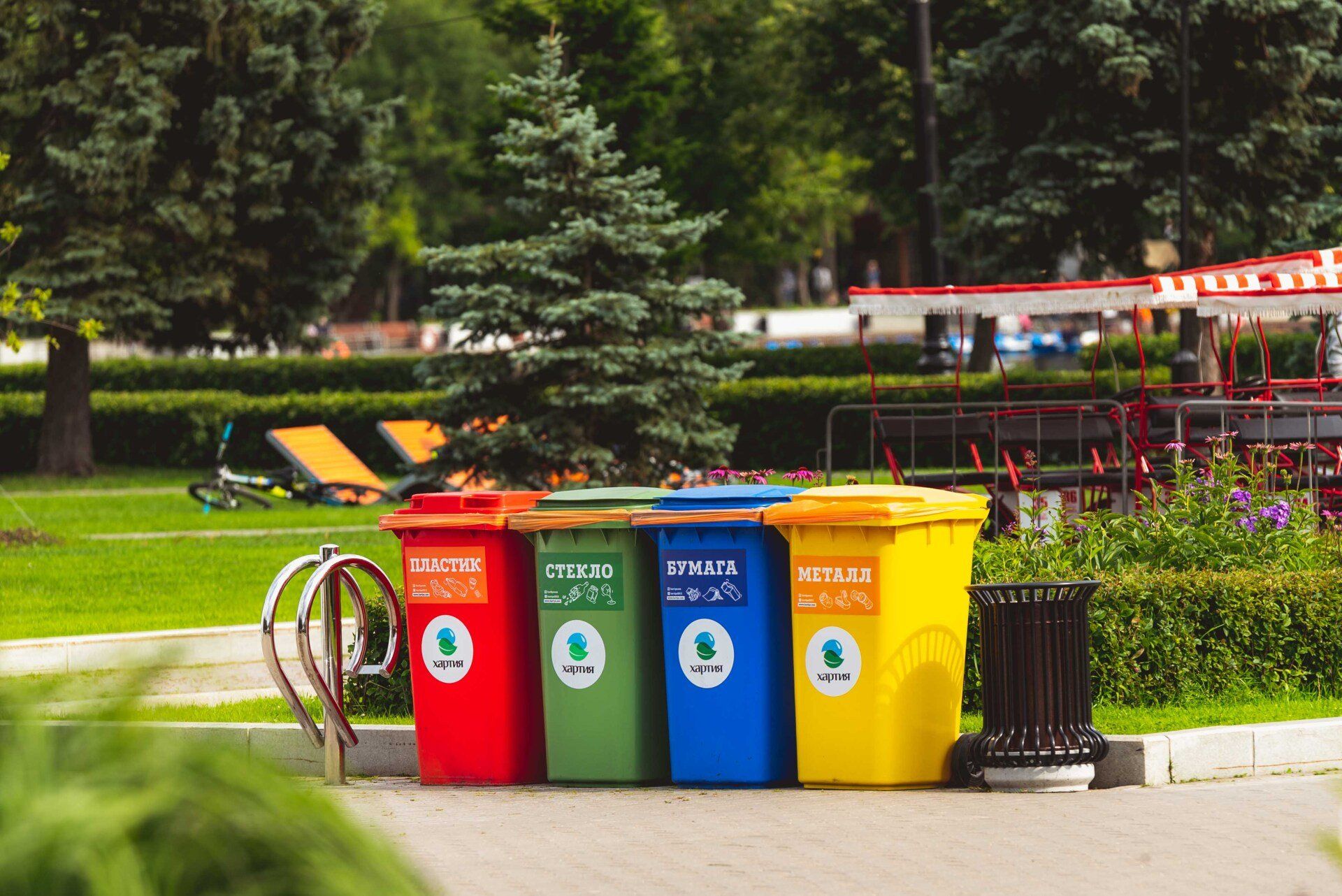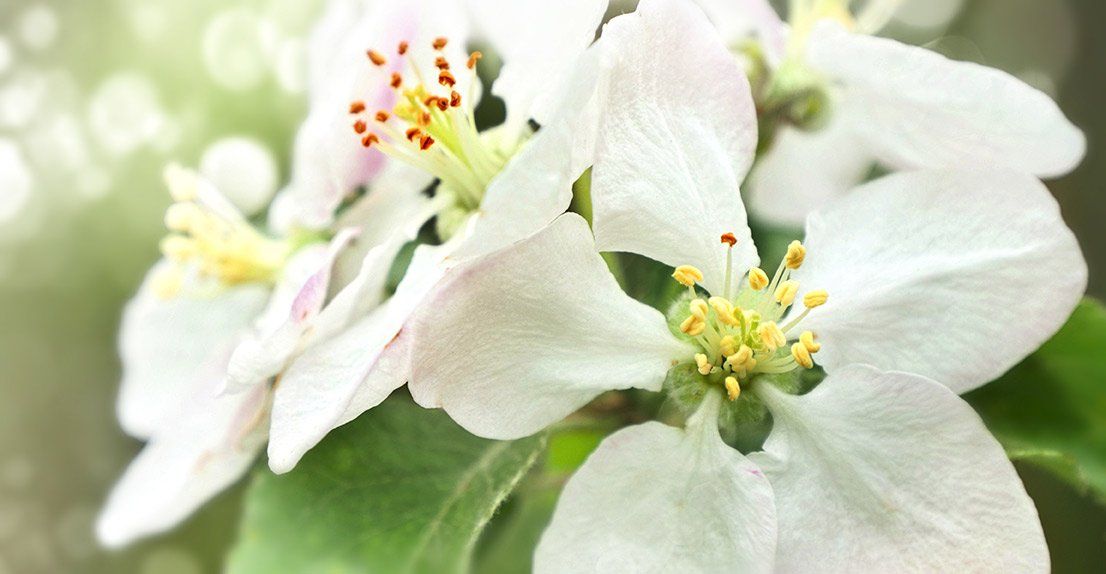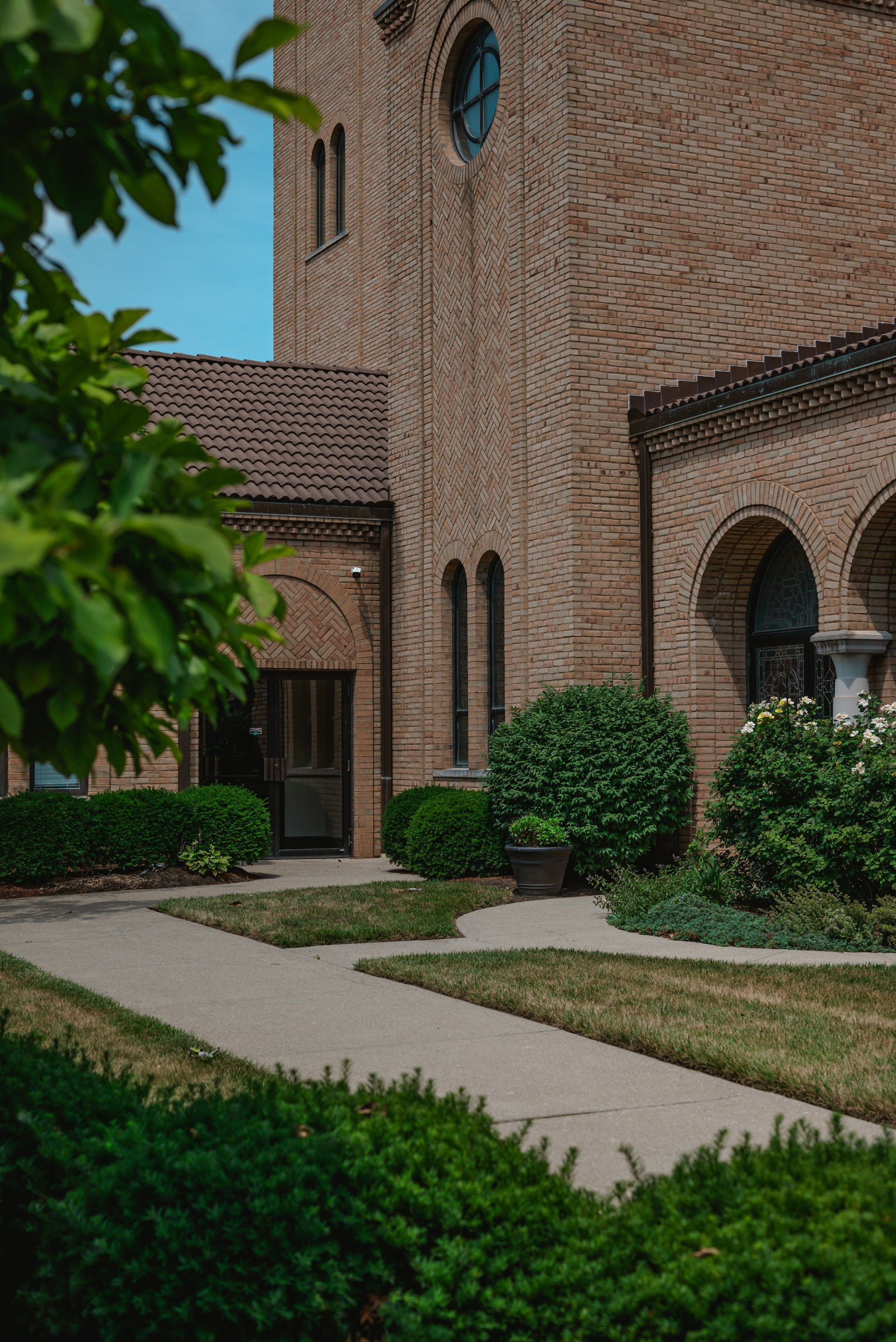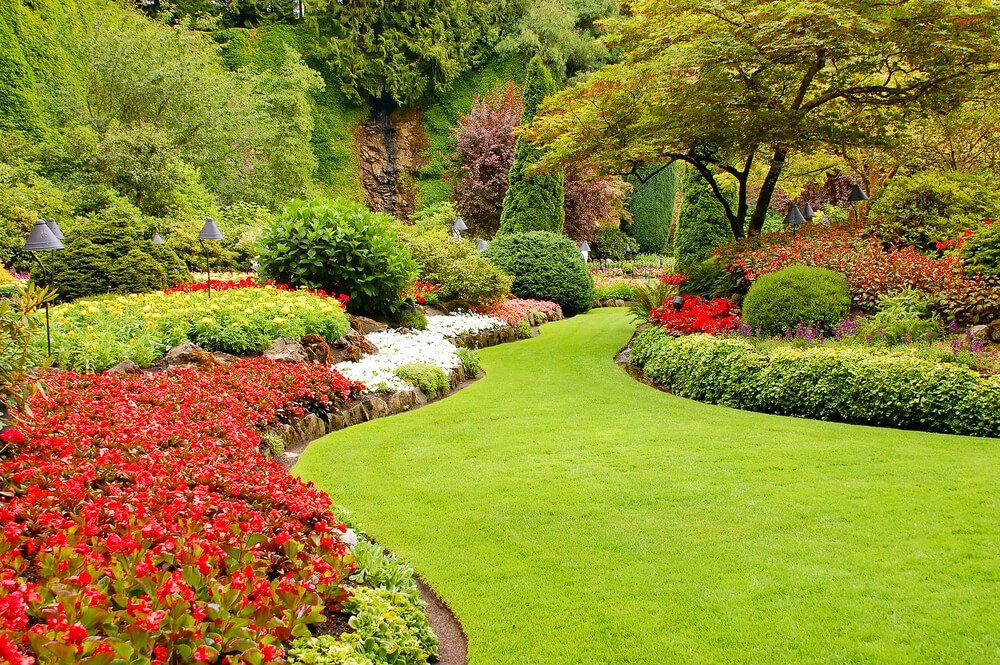6 Alternatives to Grass for Places that Grass Won't Grow
6 Alternatives to Grass for Places Where Grass Won't Grow
Hardscaping
Hardscaping refers to building characteristics that are not a natural part of the landscape. Examples of hardscape elements include walls, patios, guardrails, fences, driveways, and outdoor stonework.
Hardscaping is a great way to help create an updated or modernized landscaping design without needing drastic work such as removal of plants and trees etc. The number of hardscapes you have will ultimately depend on your desired aesthetic vision for your yard: If you want aesthetically pleasing but less expensive changes then pick low-cost options such as installing concrete pavers or adding garden stones. If you're willing to invest more money. then things like adorning window ledges with entry steps could look beautiful in your backyard.
You can read more about hardscaping in our previous blog post about it.
Artificial Turf
Artificial turf is a great landscaping option for areas that can't grow grass. Not only does it have the same appearance as grass, but it's also low-maintenance. In most cases, you can water artificial turf less than once a month and it will still maintain its health. Artificial turf is becoming more popular because of this reduced maintenance. In addition, artificial turf is very inexpensive to install.
There are many reasons why you would invest in beautiful artificial grass for your lawns and gardens, but the most obvious one has to do with money. Contrary to popular belief, it is actually quite cost-effective. Some research points to artificial grass being cheaper than natural grass ecologically and more environmentally friendly by reducing water usage and preventing waste from leaking into surrounding waterways.
OC Landscaping Pros offers artificial turf services and has written about it on our blog.
Mulch
Mulch is a landscaping idea that will work with places where there is no grass. It can be good for landscaping if you want to make changes to your yard but don't want to do too much work.
Mulch can be found at any hardware store and if you have the time you can even easily install it yourself. You can use a landscaping fabric and then add mulch over it. After you cover the ground, lay landscaping stones or pebbles to help with the drainage of water that may accumulate in certain parts of your yard.
You should be able to find landscaping fabrics at any hardware store as well for an affordable price.
If you're looking for a landscaper that will provide these alternatives to grass where necessary, then OC Landscaping Pros is the perfect choice for you.
Low Sunlight Garden
Another option to landscape areas of your yard instead of grass is a garden. Now, whatever reasons preventing grass from growing may make it hard to grow a garden, but not if you plan your garden out well.
If you choose plants that require a low amount of sunlight or water you can have some great success in your yard. For example, succulents are a great landscaping option because they can grow in the shade or without much water.
There are so many landscaping ideas that you can explore to find what will work for your needs and budget. If you want more information on landscaping with plants that won't need too much sun or watering then read our blog.
Small Pebbles
If you don't like mulch because of its tendency to fade over time then small pebbles could be a great alternative. Small pebbles are a landscaping idea that will work with areas where there is no grass. They are great because they last for years and the appearance doesn't fade over time.
It will be an investment to start using these landscaping ideas instead of grass because it will help reduce water usage and prevent waste from leaking into the surrounding waterways.
You could even do it yourself by using some landscaping fabric to help lay them down for an inexpensive price. You would then just need lots of hours of hard work. Of course, you can always give us a call and we'll give you a quote for our services.
Rubber Mulch
Another alternative to grass is rubber mulch. Unlike natural landscaping, rubber mulch is low maintenance. This means that it is a landscaping idea that will work well in areas where there is no grass. Rubber mulch is good because it's an easy landscaping idea and has many benefits. It can also be used as an environmentally friendly landscaping idea as it reduces water usage and prevents waste from leaking into the surrounding waterways.
One of the main benefits of rubber mulch is its heat insulation capabilities because of the way the rubber is processed. Another benefit includes being pest-proof which makes it good for landscaping in areas where there are insects like mosquitos or other pests who might be carrying diseases. Rubber mulch also serves as weed-resistant landscaping which reduces chemical use and labor time to keep your yard looking good.
Conclusion
Now that you know about landscaping alternatives, what will work for your needs and budget? If you want to explore more landscaping ideas then check out the other articles on our blog. There are so many landscaping options to choose from - some better than others depending on the situation. The key is finding an alternative landscaping idea that works with your yard's specific conditions or limitations.
There's no one landscaping idea that is the best for everyone. It's best to find what landscaping option appeals to you most. Some landscaping ideas are better than others depending on your needs and budget. For example, landscaping ideas like rubber mulch work well in areas where there are insects that might be carrying diseases like mosquitos or other pests.
If you need landscaping work done in your yard and live in the Orange County area in California don't hesitate to give us a call or email by going to our Contact Us page.
